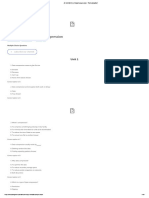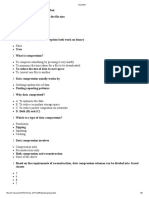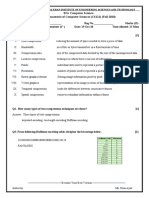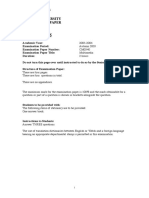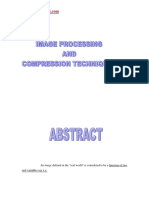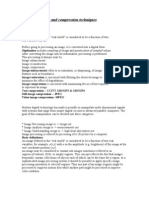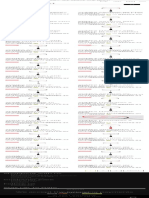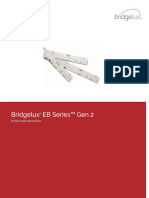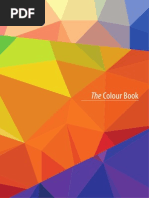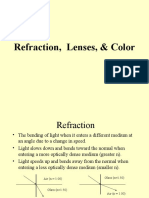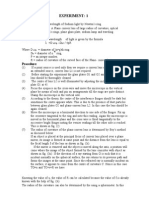0% found this document useful (0 votes)
62 views13 pagesData Compression MCQ Quiz
The document contains a series of multiple-choice questions (MCQs) focused on data compression, color models, and television standards. Key topics include the definition and purpose of data compression, types of compression techniques, and the characteristics of color models used in imaging. It also covers technical aspects of television systems and pixel representation in RGB color space.
Uploaded by
SnehasisCopyright
© © All Rights Reserved
We take content rights seriously. If you suspect this is your content, claim it here.
Available Formats
Download as PDF, TXT or read online on Scribd
0% found this document useful (0 votes)
62 views13 pagesData Compression MCQ Quiz
The document contains a series of multiple-choice questions (MCQs) focused on data compression, color models, and television standards. Key topics include the definition and purpose of data compression, types of compression techniques, and the characteristics of color models used in imaging. It also covers technical aspects of television systems and pixel representation in RGB color space.
Uploaded by
SnehasisCopyright
© © All Rights Reserved
We take content rights seriously. If you suspect this is your content, claim it here.
Available Formats
Download as PDF, TXT or read online on Scribd
/ 13










